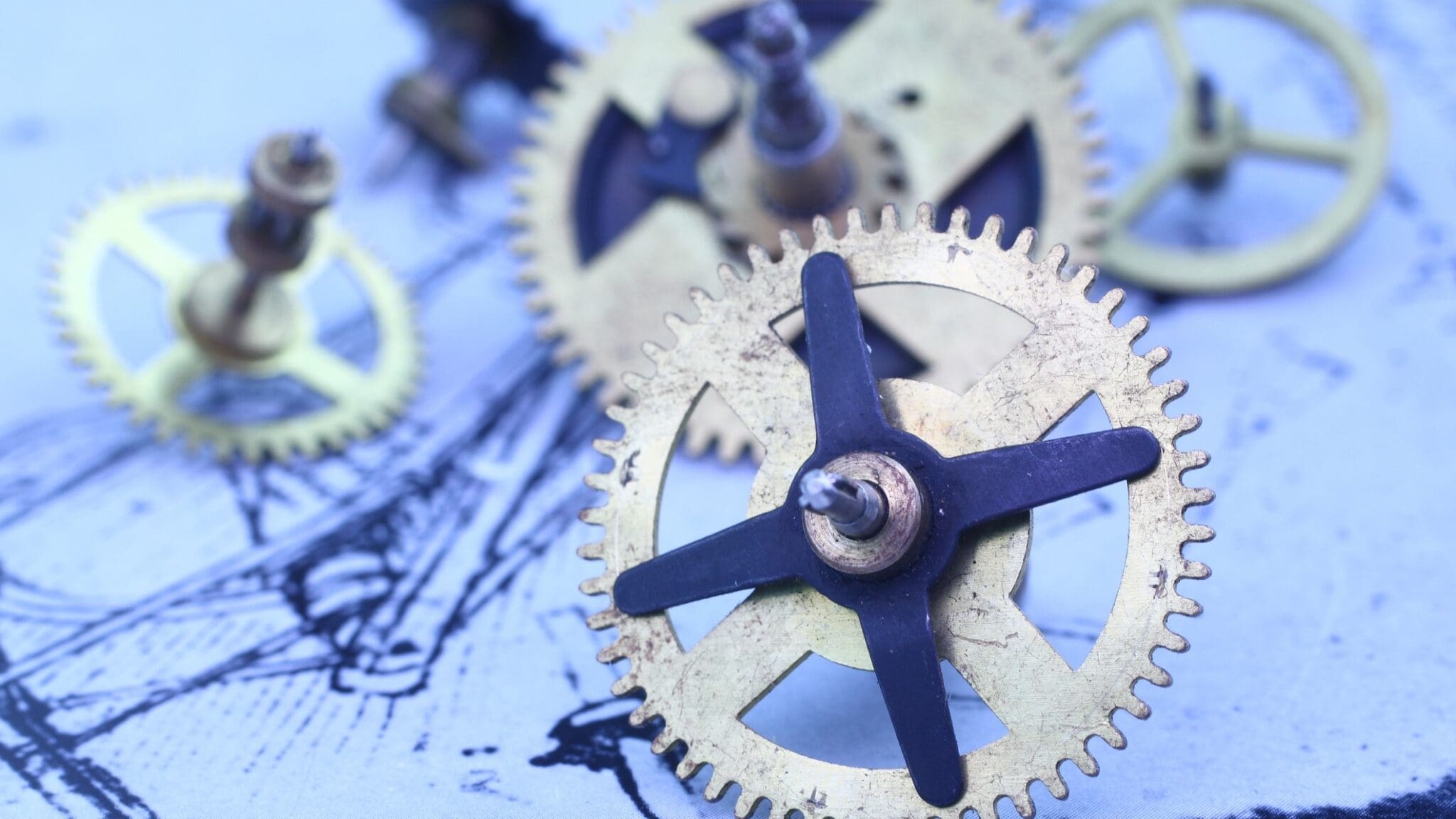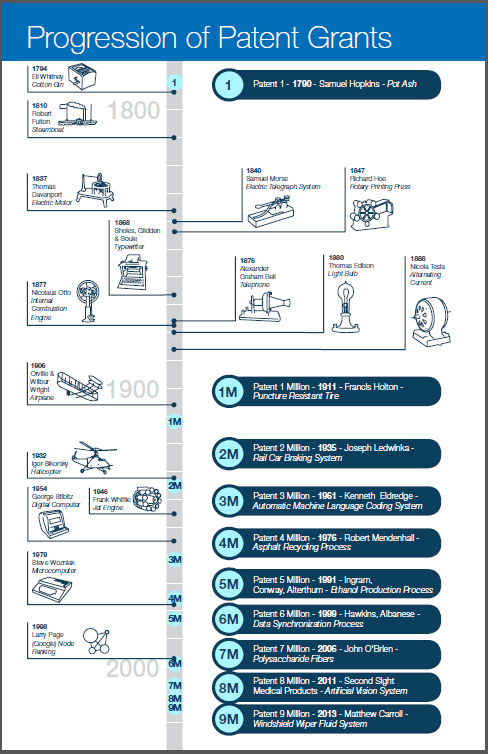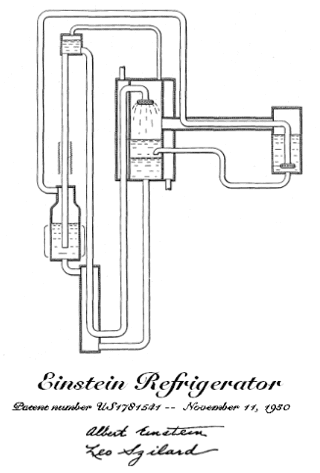Key Events in Patent History

To date, the U.S. patent program has generated over 10 million patents. It’s actually quite interesting to study the progression of patent volumes between 1790 and today. What is most fascinating is to observe the accelerating pace of innovation over the past two centuries. As reflected in the patent history chart below, it took 121 years to issue the first 1 million patents (1790-1911), but just 4 years to move from patent 8 million to patent 9 million (2011-2015). To research patents the LexisNexis TotalPatent One® patent search platform enables users to build top-quality patent searches quickly and effectively from the ground up.

Along this timeline, there have been many twists and turns as entrepreneurship and innovation accelerated in the US. Here are just a few of some of the more entertaining turns of events and factoids in patent history since the implementation of the formal patent examination process:
- In 1790 led by Thomas Jefferson, the nation’s first patent examiner, the patent board approved three patents in its first year; improved methods for making soap, making candles and milling flour.
- In 1810, the Patent Office moved from the Department of State to Blodgetts Hotel. For the first time many of the models were put on public display. It became a local custom on Sundays for people to stroll through the rooms and see what new models were there.
- On December 15, 1836 the USPTO suffered the first of several disastrous fires. An initial investigation considered the possibility of arson due to suspected corruption in the Post Office, which shared the same building, however, this was later ruled out. The cause was ultimately determined to be accidental. Local fire suppression efforts were incapable of preventing the damage due to lack of fire personnel and old equipment. Much patent history including many patent documents and models from the preceding three decades were irretrievably lost. As a result of the fire, Congress and the newly legally revamped Patent Office changed the way it handled its record-keeping, assigning numbers to patents and requiring multiple copies of supporting documentation. The fire of 1877 was the second significant fire in the history of the USPTO. Although the building was constructed to be fireproof, many of its contents were not; some 80,000 models and some 600,000 copy drawings were destroyed. A model of the original Eli Whitney cotton gin was among the models destroyed. No patents were completely lost however, and the Patent Office soon reopened.
- No one really knows who invented the original fire hydrant, because its patent perished in a fire.
- WD-40 is not patent-protected, thereby avoiding completely disclosing its ingredients, and making it harder for any other companies to mimic. The same is true of course for the formula for Coca-Cola.
- In 1836, the application fee for a patent was $30 for United States citizens. Today, the basic utility application filing fee is $280.
- Harry Houdini is best known for his magical death-defying stunts; however, few people know that he invented the diver’s suit (Patent #1,370,316).
- Thomas A. Edison said that he used to walk three miles a week as a boy to get his copy of Scientific American. In 1877 he came into the office and placed before the editors his small machine, about which he was willing to make very sparse preliminary remarks. He then turned a crank, and to the astonishment of everyone present, the machine said: “Good morning. How do you do? How do you like the talking box?” This was the first public audience to which the modern phonograph ever addressed itself. A good article on the phonograph was published almost immediately.
- Federal trademark legislation was passed in 1870. Averill Paints received a trademark under this law in 1870, making it the first modern trademark issued in the U.S.
- In 1877, the owners of the Bell telephone (patent #174465) offered to sell it to Western Union for $100,000. The response was, “What shall we do with a toy like that?”
- Albert Einstein started out as a Patent Clerk in 1903 at the Swiss Patent Office in Speichergasse. Of the approximately 50 patents that Einstein was granted, the Einstein Refrigerator patent from 1930 is perhaps one of his greatest patents and is beautifully simple:

LexisNexis TotalPatent One® provides quick, precise, and reliable results with full-text documents and high-resolution images from global patent authorities.

Need to simplify your patent search?
Get quick, precise, and reliable results with full-text documents and high-resolution images from global patent authorities.
